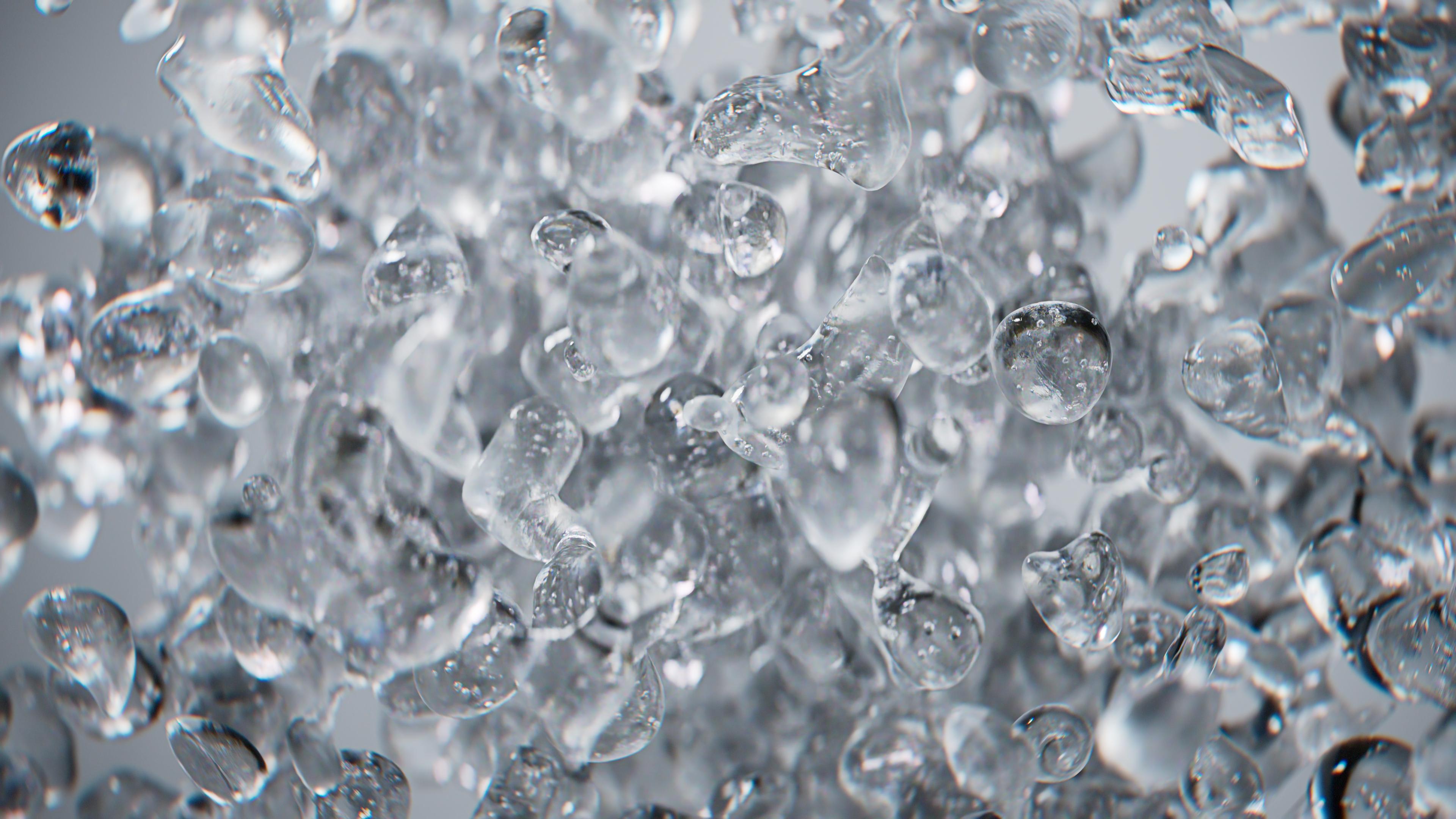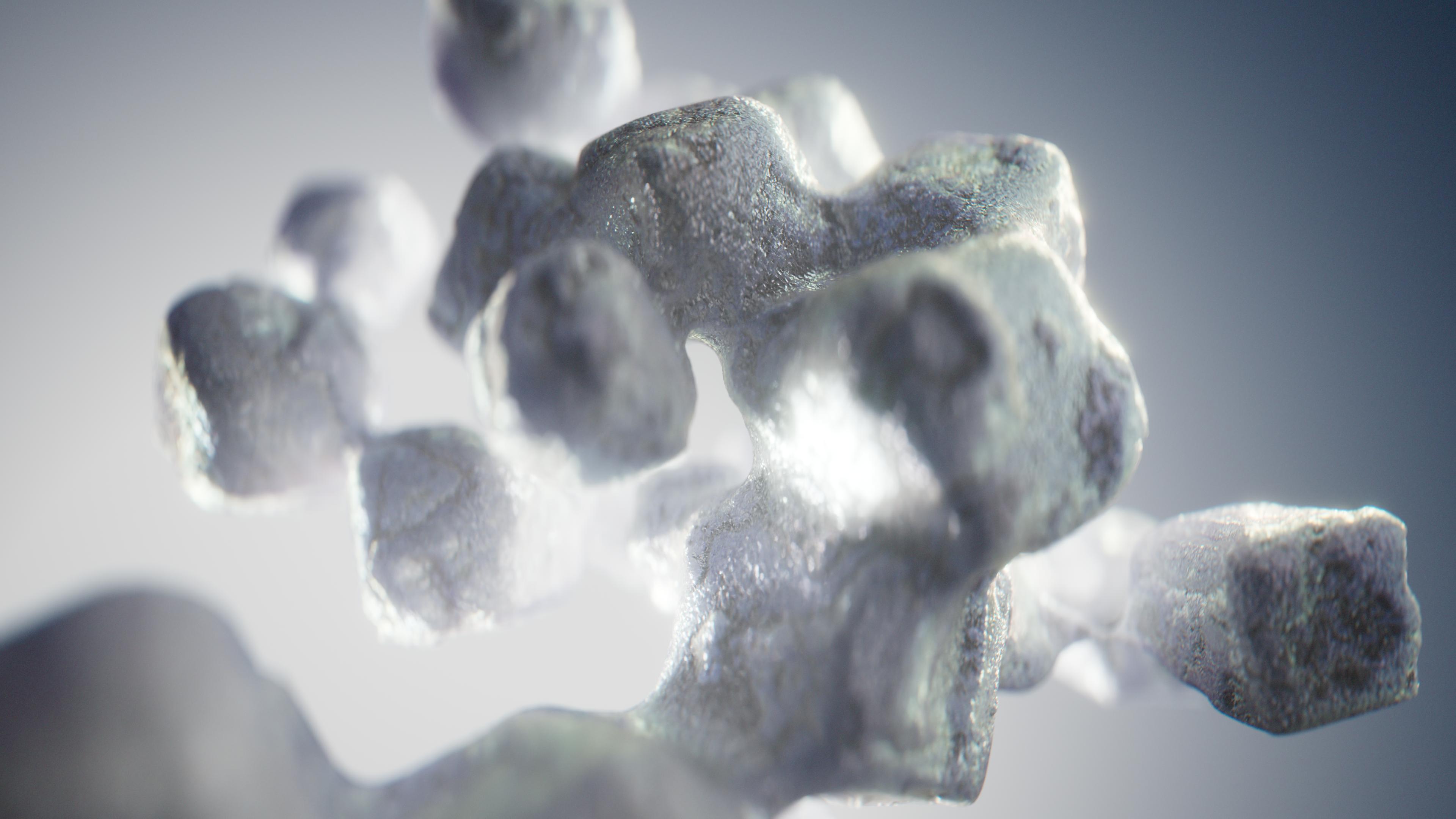SAES in the evolving landscape of consumer electronics
The realm of consumer electronics is vast, encompassing the design, production, and distribution of diverse electronic devices tailored for personal and domestic usage. This ever-evolving sector thrives on swift technological advancements, offering an unending array of innovative products to the world.
Central to this industry are products like smartphones, tablets, televisions, audio systems, gaming consoles, wearables, and smart appliances.
Within this sphere, competition is intense. Companies are perpetually on a quest to introduce novel features, enhance device performance, finesse design aesthetics, and streamline user interactions, all to satisfy the shifting desires of the global consumer base. The emphasis on eco-consciousness is unmistakable. The industry is making strides towards minimizing e-waste and boosting energy conservation.
The ZeoSaes™ Advantage in Modern Tech
For over a decade, SAES Chemicals has been a catalyst in the consumer electronics landscape, supplying paramount materials and solutions. Harnessing expertise in material synthesis, process development, and analytical characterization, SAES proffers unmatched attributes in areas like user interfaces, acoustics, and thermal control within the electronics spectrum.
Such attributes don’t merely uplift performance; they promise longevity and foster compact, integrated, and sustainable designs. In particular, the versatility of ZeoSaes™ platform is well suited to deliver a variety of functionalities, making it the perfect toolbox for consumer electronics applications.
Apple’s Supplier Clean Energy Program
SAES, with its chemicals solutions, is also a proud member of the Apple Supplier Clean Energy Program. The Supplier Clean Energy Program currently boasts nearly 16 gigawatts of committed clean energy. In the fiscal year 2021, the 10.3 gigawatts of renewable energy operational within Apple’s supply chain produced 18.1 million megawatt-hours of clean energy. This achievement led to the avoidance of 13.9 million metric tons of carbon emissions, marking a 62 percent increase from fiscal year 2020.




